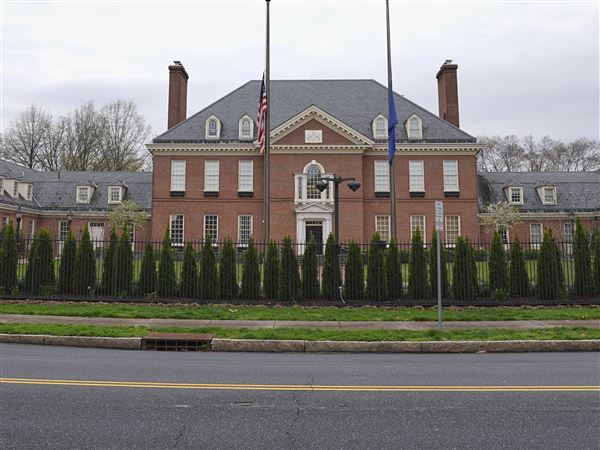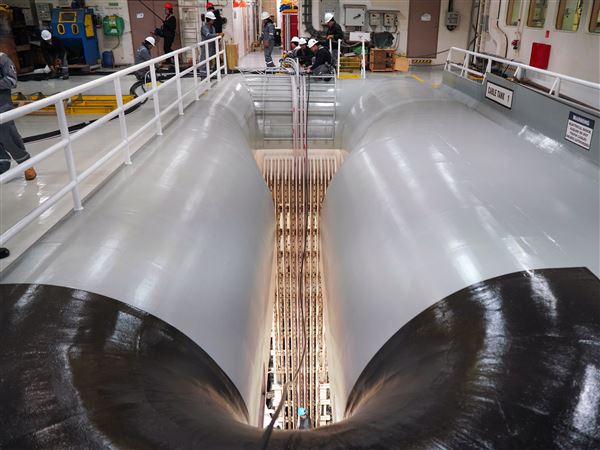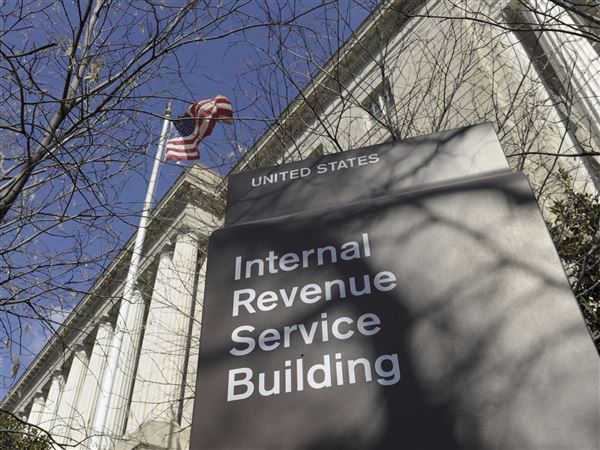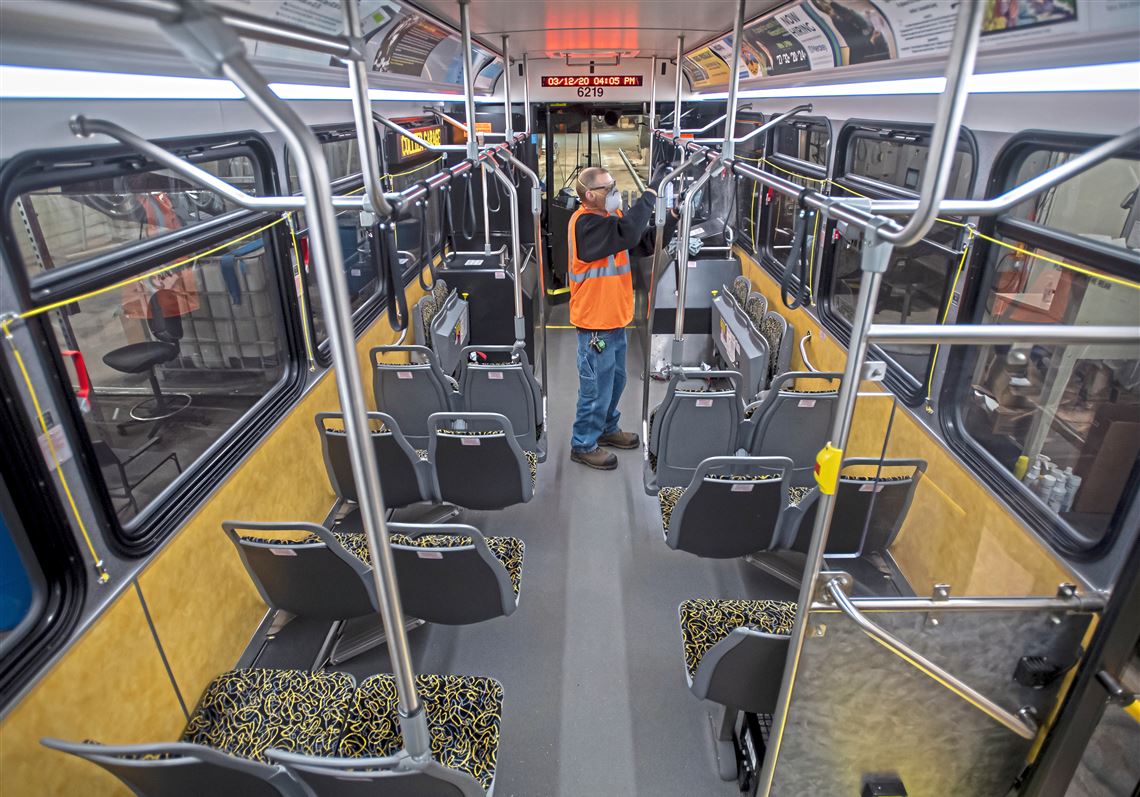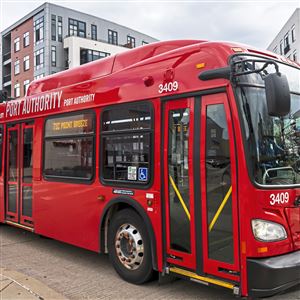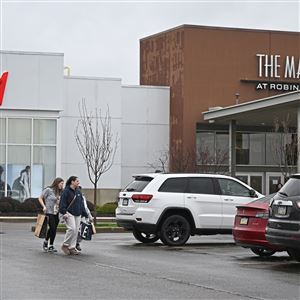As ridership remains low, transit agencies across the country say the pandemic should fundamentally change the way their services are funded because sales, gasoline and property taxes are variable, which means they are unreliable for an essential service like transit.
But that’s a long process.
To address the immediate issue, the American Public Transportation Association held a news conference Tuesday to lobby Congress for an additional $32 billion in federal aid because ridership isn’t returning as the pandemic lingers. Congress provided $25 billion in April, but some agencies say that money will run out in the next few weeks.
And others, such as the Southeastern Pennsylvania Transportation Authority in Philadelphia and the Santa Clara Valley Transportation Authority in California’s Silicon Valley, are planning potential major cuts in service because of a lack of funding.
Locally, Port Authority is experiencing the same type of ridership and revenue problems, but it expects the $141.75 million available in federal help to last at least through the end of the year. It received $27.4 million through the end of its fiscal year May 31.
“We have at this time absolutely no plans for layoffs or service cuts,” said authority spokesman Adam Brandolph. “We can say that with certainty. We can understand that other transit agencies are having difficulties and there is a need for additional federal funding.”
The reason some agencies have more immediate concerns than others often is because they are funded differently. But most of the sources of funding, such as fare revenue and gasoline, sales or property taxes, are variable and are producing much less revenue while many people are staying home more often during the pandemic.
APTA President and CEO Paul Skoutelas said Tuesday a survey by the group found transit agencies have lost billions in fares from low ridership since March and 6 in 10 agencies will have to cut service and lay off employees unless Congress can “build that bridge to get us past this pandemic.”
“That’s not an overestimate,” said Mr. Skoutelas, a former head of Port Authority. “The industry needs a minimum of $32 billion right now.”
Nuria Fernandez, general manager and CEO at Santa Clara and head of the APTA board, said the pandemic “put a spotlight on the importance of transit” for essential workers and poor people. Her agency, which receives the majority of its funds from a local sales tax, is looking at permanent cuts of 30%.
“None of us got in this business to cut service,” said Steve Poftak, general manager of the Massachusetts Bay Transportation Authority, which is looking at cuts due to losses of $300 million to $700 million. “We’re faced with making these tough decisions [because of lack of revenue].”
In Philadelphia, SEPTA is looking at substantial cuts in service and capital spending because of two-pronged revenue losses: fare revenue and state subsidy for capital spending usually funded by the Pennsylvania Turnpike, which has postponed one quarterly payment of $112.5 million and asked to hold off a second one because of its own revenue problems due to low traffic on the toll road.
Jody Holton, assistant general manager for planning, said in an interview Tuesday that SEPTA expects its $644 million from the first federal supplement to last until mid-to-late 2021. But because of the state shortfall and the slow recovery of ridership, it has cut $250 million from its capital budget this year and begun planning for service cutbacks by 2030 that would close four rail lines and 100 stations, eliminating service for some 300,000 riders.
The capital cuts, which would eliminate bridge replacements and station improvements, would be particularly devastating because the agency already is spending about half the amount spent annually by comparable systems in Boston, Washington, D.C., and Chicago, Ms. Holton said.
“This dip in funding will limit the region’s ability to support transportation needs,” she said. “One thing we have learned [in the pandemic] is that transit is an essential service. It’s critical to keeping the economy in the Southeast region open.”
That’s another tactic transit agencies are using as they lobby for dedicated funding: their importance to the economy, not only by providing needed transportation to workers but also through the money they spend. SEPTA says its operating budget of $1.5 billion and capital budget of $640 million make it one of the largest economic generators in the state.
The Metropolitan Transportation Authority in New York City released a report in June that claims its operating budget of $17 billion and capital budget of $55 billion this year is larger than nine states. The federal Council of Economic Advisers claims each $1 billion of investment in transit would support 13,000 jobs for one year directly or indirectly through suppliers.
For example, the authority from 2011 through 2018 spent $270.8 million to buy railcars and parts from Bombardier Transportation in West Mifflin; $97 million for train controls, switches and signals from Ansaldo STS in Canonsburg; and $94.6 million for fare payment systems from Cubic Transportation Systems in Pittsburgh.
The pandemic has slowed those purchases substantially.
At the APTA news conference, Chris Stoddart, president of bus manufacturer New Flyer, said his company has lost $50 million in revenue and laid off about 8,000 workers because transit agencies have cut back on bus purchases. With $12 million in additional costs related to the pandemic and the need to cut $75 million in overhead costs, Mr. Stoddart said the company is “in trouble with a challenging path forward.”
That won’t change unless the industry gets financial help, Mr. Skoutelas said.
“Some may be able to go longer than others, but they’re all going to be in the same boat eventually. It’s still our hope that Congress will get that emergency money passed.”
Ed Blazina: eblazina@post-gazette.com, 412-263-1470 or on Twitter @EdBlazina.
First Published: September 16, 2020, 1:28 a.m.
